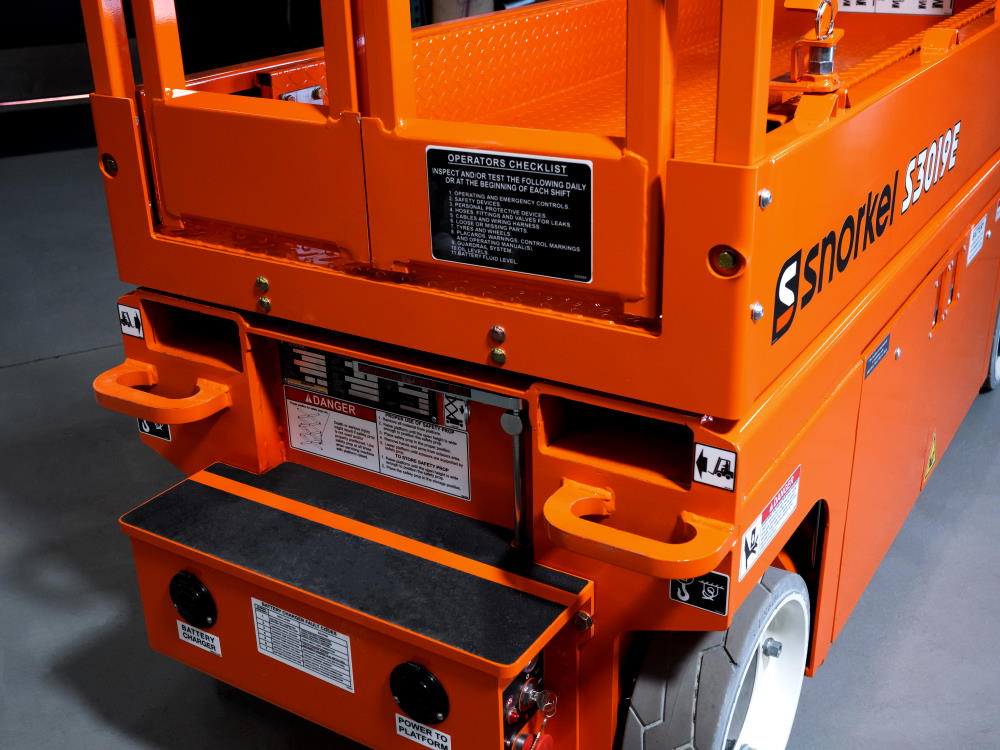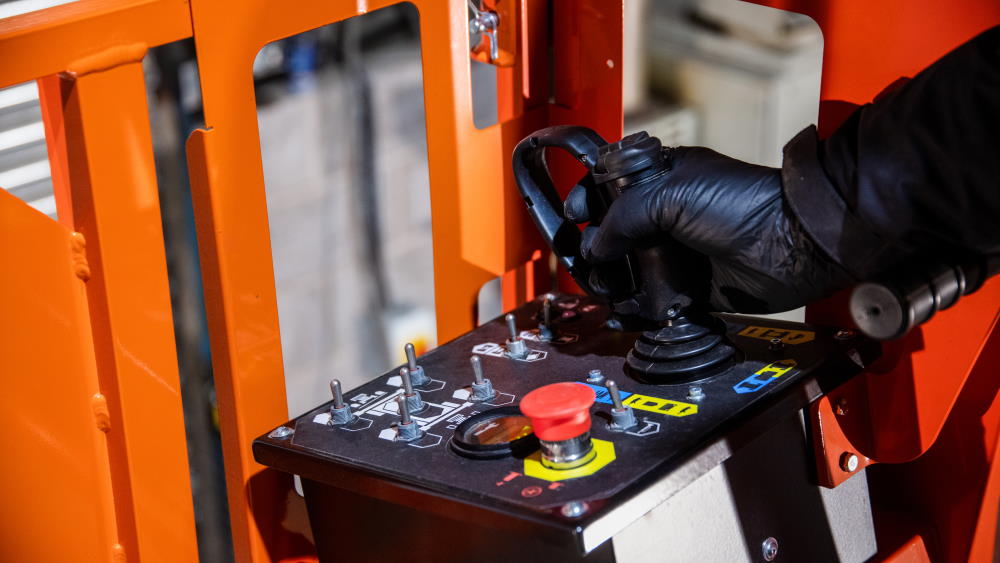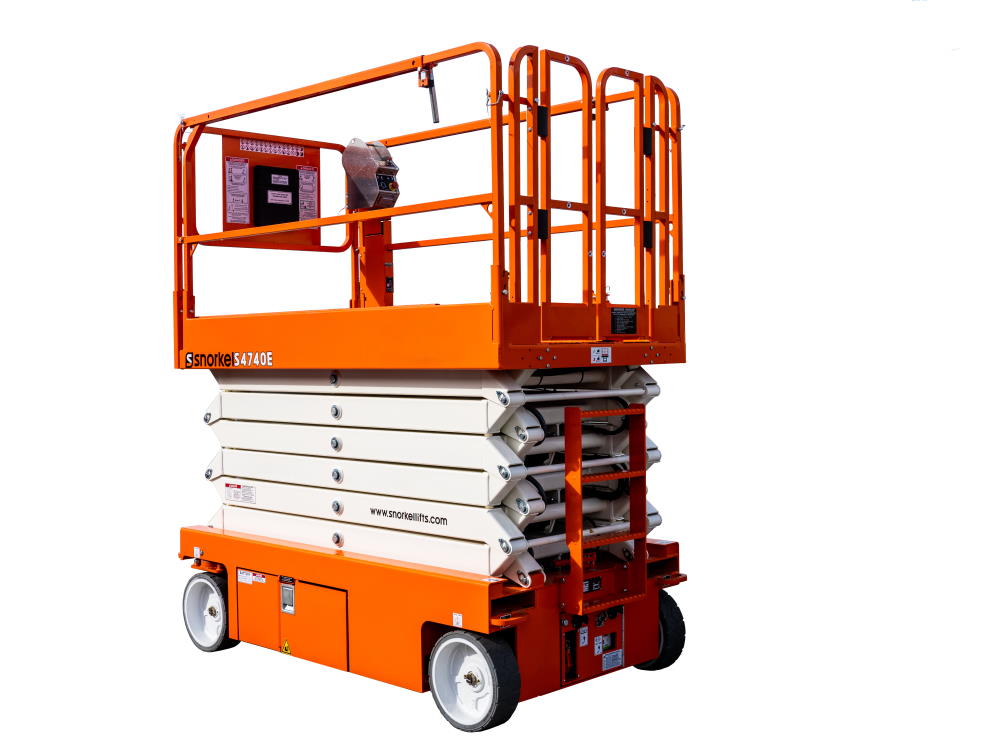Incorporating Ergonomics into Equipment Engineering
Sponsored Article by Snorkel
While equipment manufacturers are continually updating machines to lift more people and larger capacities, the user experience remains outdated. Recent trends are beginning to address operator comfort, usability and safety based on the human body and its movements.

Ensuring a seamless and comfortable user experience is an important aspect of industrial design. Many manufacturers are incorporating ergonomic designs where operators spend much time – on the platform and in the cab.
Due to long working hours, the agriculture industry has been at the forefront of ergonomic design in heavy equipment. Adding cushions and seat suspension help protect the operator and diminish the effects of high frequency vibrations, which could lead to damage to body organs and the nervous system.
Similarly, high reach equipment manufacturers are also implementing more designs and technology to improve the user experience while integrating health and safety considerations, following many long-standing principles from pioneers such as famed U.S. industrial designer Henry Dreyfuss.
Egress entry and exit points on machines with platforms have been widely designed with a gravity gate, requiring operators to duck under the bar to enter the platform. Repeated movements could cause stress on the legs and back as well as potential injury to the head and/or back if the bar is not completely cleared.
Newer designs have shifted to swing gates or saloon gates for operators to remain upright and with the added ability to carry tools or materials as he or she enters and exits. Stricter manufacturing safety standards also require the elimination of flexible chain entrances altogether for greater operator safety.

Entrance height poses another burden for operators. Climbing too many steps can cause fatigue and increased risk of injury. One manufacturer developed a scissor lift with sunken stack that also reduced the number of steps from three to only two.
One of the smaller components on an aerial lift or telehandler, control boxes are one of the biggest areas where manufacturers are shifting their attention. Control boxes are often placed at a slant to face operators and provide better visibility of all controls. However, joystick positioning must be adjusted separately to match natural body movements with wrists at a neutral angle.
In material handlers, Y handles that control the chassis tilt have been updated with larger surface areas. This makes it easier for operators to activate the function using his or her forearm while seated.
With more advanced technology, manufacturers are able to add even more functions to the joystick. Haptic feedback transmits small vibrations to communicate specific machine statuses. The intensity of the vibrations alert operators to hazards and other dangers without disrupting operation.
Electrification of high reach equipment also offers more opportunity to enhance the user interface. Battery-operated systems support more advanced graphical data and touchscreen capabilities for seamless menu navigation, greater data availability and even accessories such as USB ports for smart device charging.
Incorporating ergonomics into equipment design and engineering is essential to greater safety and comfort for operators.

